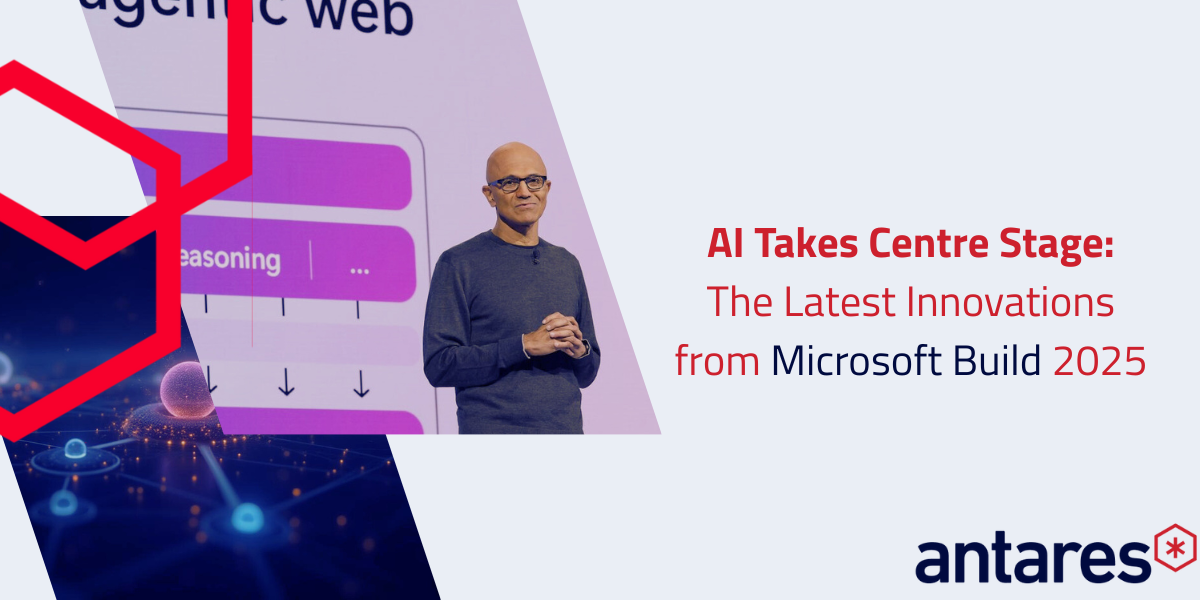
Industry Insights
How Data is Shaping the Future of Higher Education

Sulabh Jain
Head of Product
May 10th, 2021
You are here
Well done! You are here and contemplating the future of higher education in Australia. Who is best placed to model the demands of the so-called student-consumer? What will be the long-term effect of the ongoing interruption to the ingress of international students? How broadly will return to campus initiatives be implemented – and how well received? For how much longer will the borders remain shut to international students. And what strategies, tools and technologies might the sector investigate to hold some ground against new providers, changing demands and an uncertain future? Are you expecting a definitive answer? Sorry. The only thing certain is that you are here. But being here to contemplate the best way to continue is a great place to be.
After an interruption it makes sense to take stock and get one’s bearings. Before setting off again, it’s prudent to reaffirm the direction in which to head and check to make sure that everything required will be at hand. Every aspect of each of these factors may inform your decision about your direction, your destination, and the best course to take to arrive there. In fact, the ability to gather, analyse and interpret data at each stage of any journey is ultimately all anyone can do to inform their direction. So, let’s take stock before we proceed by stepping back from the noise of the pandemic and often raucous reactions.
Step Back
You are probably already overwhelmed with all manner of information, opinions, and projections about what has happened in the last 12 months. Not surprising really. But step back before say January 2020 and think, “where are we heading?” Just prior to the pandemic, The World Economic Forum identified the four greatest challenges to higher education: (1) The need to adapt to a life-long learning model, (2) the student-consumer mentality, (3) Emerging technologies and business models and (4) a skills over degrees model. Sounds very topical.
Meanwhile, closer to home, but even further back (2017) the Commonwealth released the final report of the Higher Education Standards Panel, who noted that “Innovation in higher education and the movement away from a traditional higher education experience…” must be considered a significant factor influencing student retention, completion and success. The report seems particularly prescient also noting that to address the challenges of, “the new economy (and) digitalisation, institutions should be continually adjusting curriculum, pedagogy and academic policy design to meet student needs and expectations.” The panel also ventured that, “a student-centric institutional culture and well-targeted and well-communicated support services have a positive impact on student retention, completion and success.” Can’t argue with that but there were few practical suggestions as to how institutions might achieve this. It was clear that digitalisation was the way of the world. Now it is becoming apparent that clever ways to capture and analyse all that data may reveal the means to realise even greater change. Funny how stepping back can sometimes make the way ahead seem clearer.
Look Ahead
Stepping back even for a moment can provide a clearer view of what is ahead. It is possible to predict trends, needs and behaviours rather than being beholden to hindsight and left to react. There has never been a better time to recognise the advantage in making greater use of the information available to determine how best to proceed. In higher education, Antares Solutions is showing the way by partnering with institutions to draw on the compound advantages of integrated digital delivery that serves the needs of the individual student with data capture and analysis to inform continuous improvement.
Digital everything enables all sorts of efficiencies and personalised models in delivery, access and consumption of what is essentially, data. Suddenly, there is almost infinite flexibility about when, where, and how such information is consumed. Indeed, these matters can be varied to suit individual needs, preferences, and behaviours. Sounds reminiscent of the requirements of the student-consumer; students who expect to consume educational services in the manner to which they are accustomed – especially if they’re paying full retail. In the Netflix-Instagram age, students expect services to work alike — on demand, personalised and available anytime.
What else is on the horizon? More lifelong learners, career changers looking for micro-credentials and industry-specific certifications plus students who are happy to do say 1 or 2 years study for a Certificate especially if they can return later to add on units and advance it to a Diploma and maybe later again to a Degree. This modular approach to study including nested courses is an approach suited to those in higher education prepared to look creatively at delivery and perhaps new partnerships. Woolworths recently allocated $50 million over three years to give more than 60,000 of its 200,000 staff technology-oriented skills including data analytics. The retailer is keen to provide training for those affected by industry disruption and technological and advised that they were partnering with “key learning institutions” to develop the courses. No doubt Woolies themselves would have plenty of positions available for those newly minted data analysts.
Adapt to advance!
On Wednesday 31 March 2021, Education Minister Alan Tudge announced the beginning of consultation on a 10-year whole-of-sector international education strategy. Taking such a long-term view is admirable, heroic or reckless depending on your point of view and the extent to which you are prepared for the journey. As we have seen the best way to determine not only the destination of choice but also the best way to proceed, is to be informed at every step along the way.
In higher education Antares Solutions is working with institutions to realise an adaptive learning experience to serve the individual needs of every student. The technology you can’t see powers digital delivery informed by machine learning and personalised by predictive analytics based on real behaviours. The results you can see are greater levels of student engagement and satisfaction together with more productive use of faculty time without placing a burden on existing operations or infrastructure. Antares Solutions works with higher education institutions to create an adaptive learning experience. The ability to adapt and use the data available to offer modular solutions defines a clearer road ahead than those left to react to roadblocks.
Wherever you are heading, there are few downsides to being better informed. Making greater use of the data made available to you by the ‘customers’ you are seeking to serve seems like a perfect circle. Adapt to advance, become modular to build and agile to react. Next time you step back to survey the landscape you may well marvel at how far you have come.
Learn more about aleX, The Adaptive Learning Experience here.


